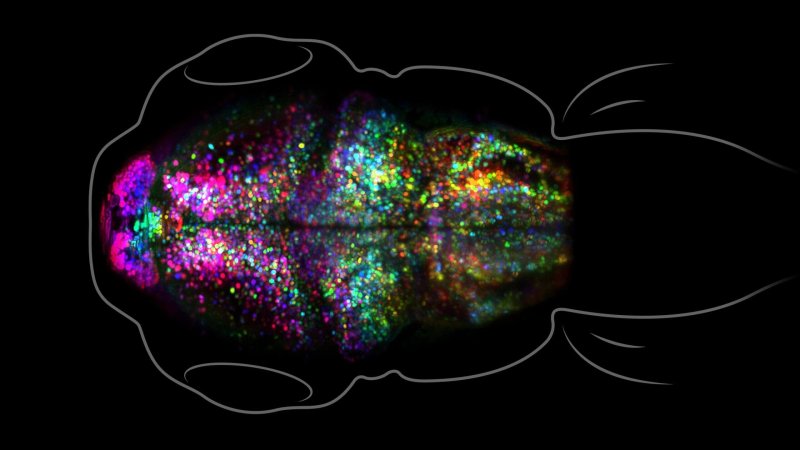In a new study published in January in the Proceedings of the National Academy of Sciences, a team at the University of Southern California was able to visualize memories forming in the brains of laboratory fish, imaging them under the microscope as they bloomed in beautiful fluorescent greens.
What they saw reinforces the view that memory is a complex phenomenon involving a hodgepodge of encoding pathways. But it further suggests that the type of memory may be critical to how the brain chooses to encode it — a conclusion that may hint at why some kinds of deeply conditioned traumatic responses are so persistent, and so hard to unlearn.
“It may be that what we’re looking at is the equivalent of a solid-state drive” in the brain, said co-author Scott Fraser, a quantitative biologist at USC.
…
The researchers hope to see if the findings translate to animals with larger brains and even to mammals, and to examine how these zebra fish and other animals form memories that are less emotionally laden or traumatic.
“I think everybody has thought that there’s a whole range of ways that a brain could be storing memories,” Fraser said. “The beauty of it is, I bet all of them are right. And the question’s going to be: How does it all work together?”































